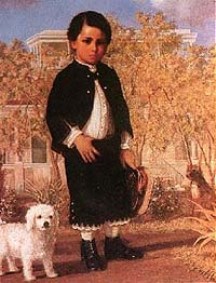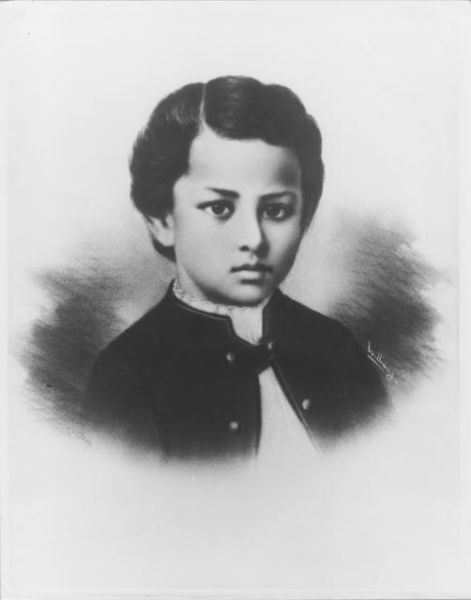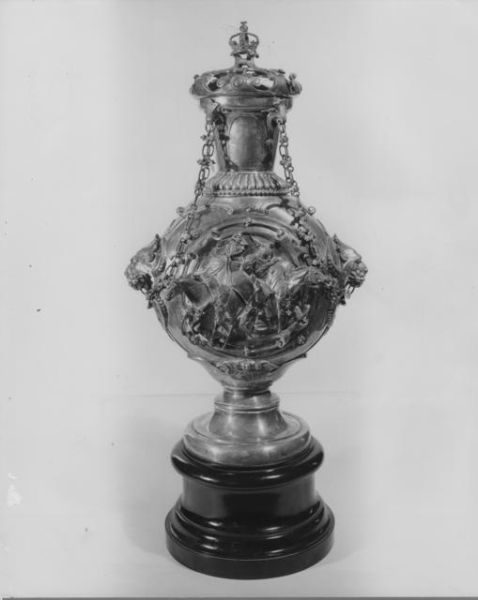Digital Collections
Celebrating the breadth and depth of Hawaiian knowledge. Amplifying Pacific voices of resiliency and hope. Recording the wisdom of past and present to help shape our future.
Rhoda E. A. Hackler, Courtesy of the Hawaiian Historical Society
The flag atop ‘Iolani Palace was lowered to half mast and church bells throughout the Hawaiian Islands rang a solemn dirge. The four-year-old prince of Hawai‘i, [Albert Edward Kaleiopapa a Kamehameha, affectionately known as Ka Haku o Hawai‘i], was dead. All Hawai‘i was stunned.
In May the prince had taken his place with his parents at the opening ceremonies of the Parliament. Then he was well and happy. Less than three months later he was in agony. What had happened?
Pediatricians explain that without a precise medical account of the illness, without an autopsy, and given the state of medical knowledge 130 years ago, they can only guess. The prince's father, King Kamehameha IV, insisted that it was sunstroke. The boy's guardians feared it was something they had allowed him to eat. The local newspapers speculated it was "an inflammation of the brain," which they assured the public was "a common disease among children." Yet none of those diagnoses seem likely. It may have been appendicitis, but we will probably never know for certain.
The king and queen, his uncle Lot Kamehameha, the best doctors both naval and civilian, friends and servants, were constantly at the bedside, intent on easing the little boy's pain, but there was nothing to be done. On August 23, 1862, the prince was baptized in the Anglican communion, and four days later he slipped away. Tragically, Hawai‘i’s hope for the future of the Kamehameha dynasty was gone with their prince.

Prince Albert Edward Kaleiopapa a Kamehameha, Ka Haku o Hawaiʻi.

Photo Credit: Hawaiʻi State Archives
Son of Kamehameha IV and Emma. Charcoal artwork by J. Ewing, on a photograph by J.J. Williams of a painting of the Prince.

Photo Credit: Hawaiʻi State Archives
Christening font sent by Queen Victoria of England to Queen Emma for the baptism of her son.